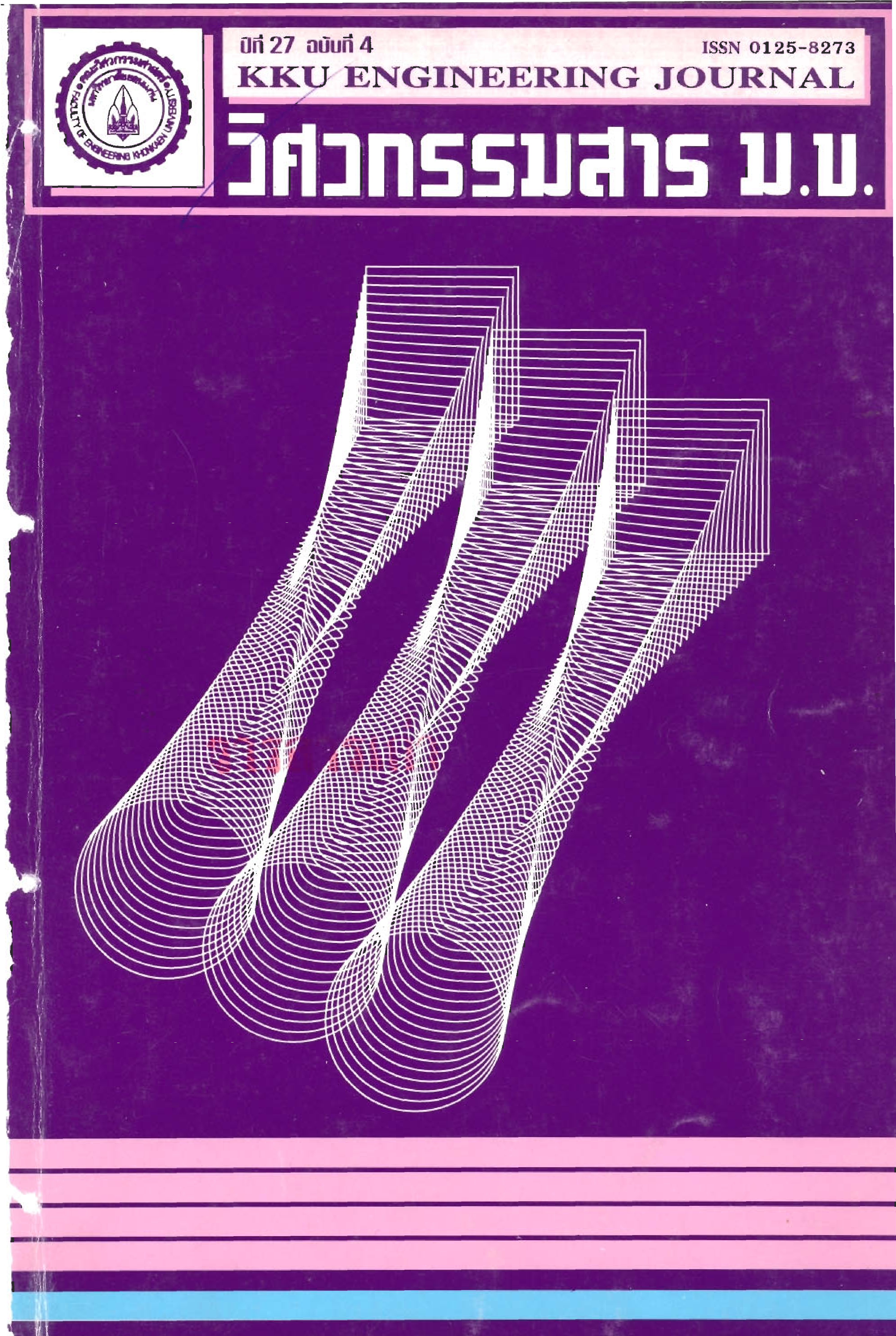A case study of using light cracked gas oil in the diesel hydro desulfurization unit to estimate the H2 consumption and to optimize the production in a refinery plant
Main Article Content
Abstract
Diesel with high sulfur contents (sour diesel) is used as a raw material in the diesel hydro desulfurization unit (DHDS) to produce diesel oil. Using the light cracked gas oil (LCGO) from the residue fluid catalytic cracking unit (RFCCU) with sour diesel to produce diesel oil is an attractive option. Since it will enhance the production capacity of the DHDS unit, make value-added LCGO, and utilize the excess H2 to balance the amount of H2 in the refinery plant. LCGO is unsaturated hydrocarbons and will be saturated under the H2 atmosphere.
This work was carried out at the DHDS unit in a refinery plant. Without LCGO feed, the H2 consumptions were 29.32, 34.92 and 36.58 NMl/1 m3 of sour diesel with sulfur contents of 0.48%, 0.74% and 0.85% wt, respectively. The average H2 consumption was 116.5 NML/1 m3 of LCGO as a co-feed material, the average H2 consumption was about 3-4 times of those using only sour diesel as the feed material. The results of this study can be used for affective integrity planning in the refinery plant.
Article Details
This work is licensed under a Creative Commons Attribution-NonCommercial-NoDerivatives 4.0 International License.



